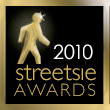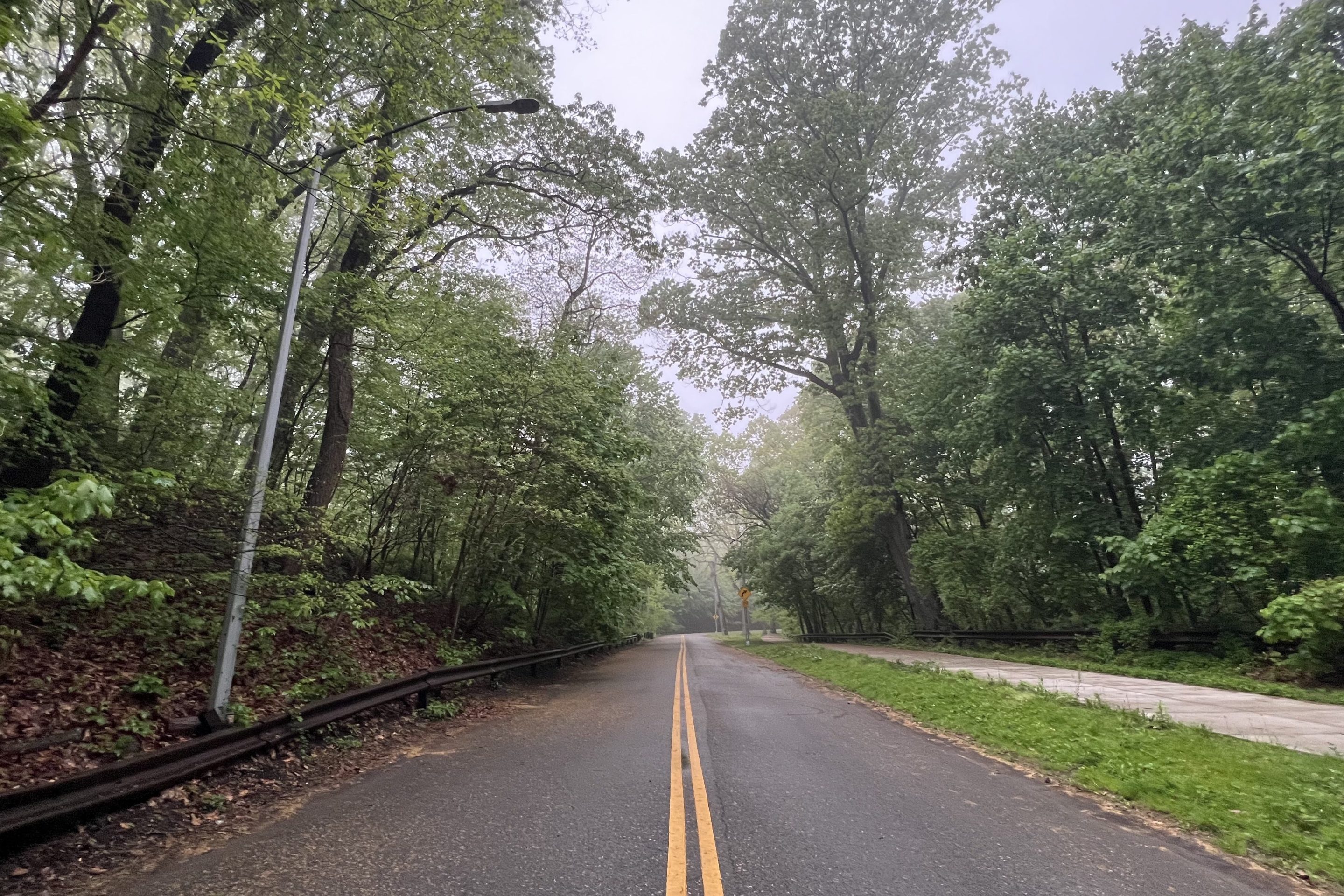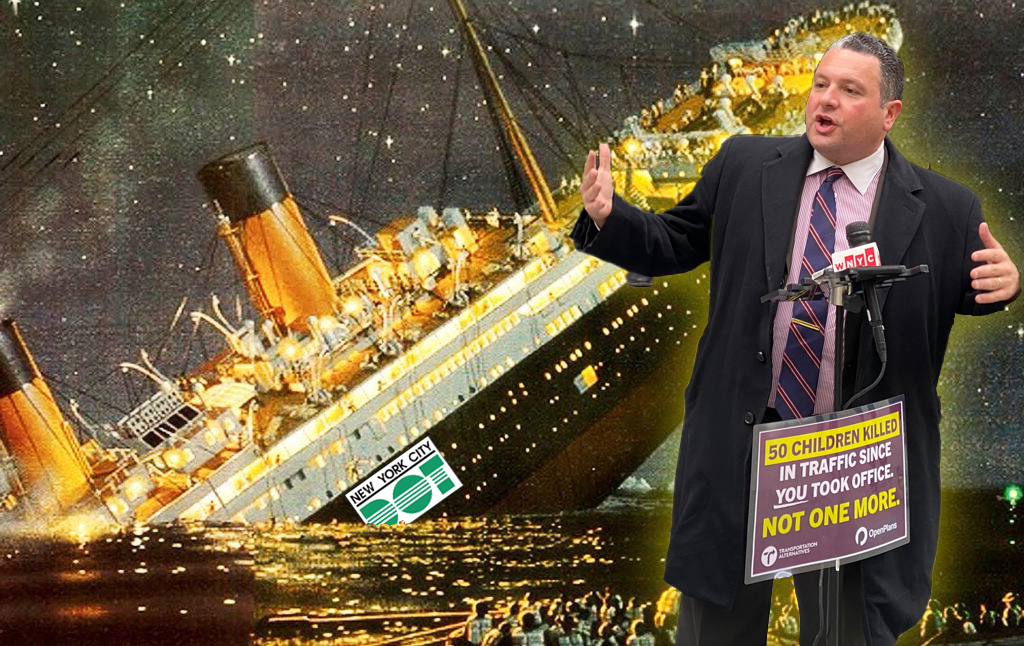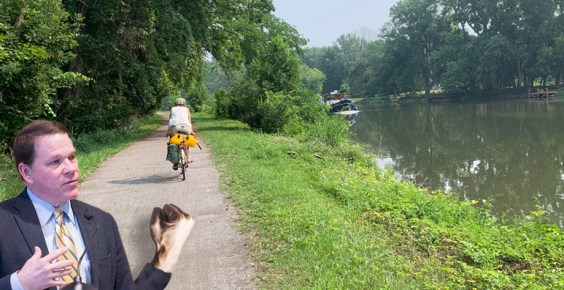
We're kicking off this year's NYC Streetsies with the good stuff -- the best street redesigns, transit enhancements, policy innovations, and advocacy moments of 2010. Tomorrow we'll round up the bad stuff. And on Thursday we'll recognize the people and personalities who shaped the past year. Streetsblog will be back on our regular publishing schedule January 3.
To familiarize yourself with the nominees in our people's choice categories, check out the poll results from last week. To feel the thrill of voting one more time, head over to Streetsblog Capitol Hill, where Tanya has polls open in six national transportation policy categories until December 30.
Best Livable Streets Moment: If there's one thing to take away from 2010, I'd say it's this: No matter how progressive NYC DOT may be, no matter how much outreach accompanies a particular street re-design, and no matter the extent of public support for that project, change doesn't come easily. You can't just sit back and hope everything works out in favor of safer streets and better public spaces. You need to show that New Yorkers want to live in a city where walking, biking, and transit come first. You need to organize.
The 2010 nominees for this category tend to reflect that. Grassroots organizing powered the campaign to install the Upper West Side's first protected bike lane, the push to get City Hall to make good on the promise of safer biking and walking on the entire length of the East Side, and the defense of the Prospect Park West bike lane. Federal funding to study the replacement of the Sheridan Expressway was a bureaucratic decision that wouldn't have happened without years of advocacy work by the Southern Bronx River Watershed Alliance.
In a crowded field, the Streetsie goes to an act of organizing that yielded an immediate win: The march for the 78th Street Play Street. It's a fantastic story.

After experiencing the joys of a car-free play street on a few weekends the past two years, residents of park-starved Jackson Heights decided they could really use the extra public space every day, all summer long. Members of the Jackson Heights Green Alliance lined up an impressive roster of local electeds in support of the expanded play street, but got rebuffed by the transportation committee of Queens Community Board 3, which said it would bring too much noise to the neighborhood and eliminate too many parking spaces. Undeterred, residents regrouped. They made their case to the full board with a chant-filled march, estimated at 150 to 200 people strong. At the meeting that evening, the board overturned their committee in a 27-9 vote.
Jackson Heights was rewarded with one of the best neighborhood public space improvements in recent memory, as documented by Clarence:
While Streetsie purists may find it a little objectionable to learn that local Council Member and longtime play street supporter Dan Dromm told his tweeps to vote for the march, in our book, that's good for extra credit. Organizing wins. And really, more politicians should angle for Streetsie recognition from here on out.
Best Pedestrian Project: Hard to top last year's winner, the Times Square plazas, for showstopping impact and iconic-ness. But Union Square is not too shabby. One of New York's great public spaces got much better around the edges with the addition of pedestrian areas on nearby streets. Broadway's green ribbon now extends all the way from 59th Street to 14th Street, and, to borrow a concept from Project for Public Spaces, Union Square's outer park has become a fitting link to the inner park, at least on two sides of the square.
Runner-up: Gotta give a hand to all the sidewalk extensions and pedestrian refuges built as part of the Safe Streets for Seniors program.
Best Bicycle Project: It's been three years since New York's first protected bike lane debuted on Ninth Avenue. Now a bike lane almost isn't news unless it's physically separated from traffic. (Note: this trend does not apply to bike lanes in Southern Brooklyn.)
In 2010, the Columbus Avenue bike lane brought protected on-street cycling above 59th Street for the first time. And the First and Second Avenue lanes were the biggest single addition to NYC's protected cycling network to date -- tremendous progress that was immediately soured by the unexpected cut-off at 34th Street. As the bike network expands, those two projects may turn out to be the most-traveled cycling routes built in 2010. And both are already making cycling more accessible to a wider range of New Yorkers.

For true "8 to 80" all-ages cycling, though, the Prospect Park West bike lane is tops. Anyone who can ride a bike can ride safely and without fear on the new PPW. As street transformations go, the PPW re-design has a few other things going for it. The excess space for motor vehicles is gone, taming traffic on an avenue that used to be plagued by speeding. With the transfer of one auto lane to bicycles, this project turned a speedway back into a neighborhood street.
Best Bus Project: Select Bus Service on First and Second Avenues. Compared to the old M15 Limited, Manhattan's first rapid bus route improved trip times along the whole corridor by 12-16 minutes during rush hours -- before the start of camera enforcement. Which is great news for the tens of thousands of daily riders who count on this bus, and will probably entice many other New Yorkers to start riding the route. The success of the East Side project should also build momentum for future SBS routes, including ones planned for Brooklyn and Staten Island coming up soon.

Most Encouraging News for Transit: If you can mentally block out the historically terrible service cuts that took effect in June, the past year actually brought a lot of good news for bus riders. In addition to the launch of East Side SBS, NYC DOT unveiled plans for the city's first physically-separated busway on 34th Street, and Albany finally passed a bill enabling NYC to enforce certain bus routes with cameras.
With three nominees perhaps splitting the bus project vote, this people's choice award goes to a subway enhancement that's been a long time coming: the addition of countdown clocks at more than 100 stations. The new train arrival displays are taking the guesswork out of waiting on the platform and gradually bringing straphangers the type of reliable information that riders of other world-class systems have enjoyed since the 20th century. It's also a case where MTA chair Jay Walder can show tangible progress on an initiative he's prioritized since the first days of his tenure.
Most Encouraging News for Bicycling: The "safety in numbers" effect describes the repeated empirical observation that the more bicyclists are on the streets, the safer it is to ride a bike. If a bike-share operator comes through with a system as big as the one envisioned in NYC DOT's December RFP, there will be many more cyclists on NYC streets.
Most Encouraging News for Everyone in NYC: NYC DOT's Pedestrian Safety Study and Action Plan includes commitments to build 20 miles of "intensive safety redesigns" each year and to pilot 20 mph zones.
Biggest Demonstration Crowd: Brooklynites of all ages filled an entire quadrant of Grand Army Plaza on the morning of October 21 before marching down Prospect Park West to declare "We love the street!" to a band of bike lane opponents (and this guy).






